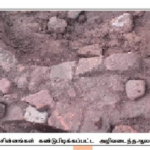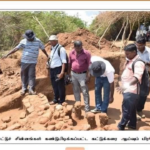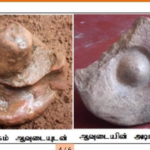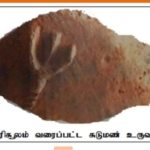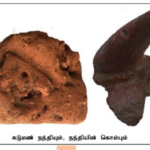

Saivasm in Sri Lanka has an ancient and continuous history.
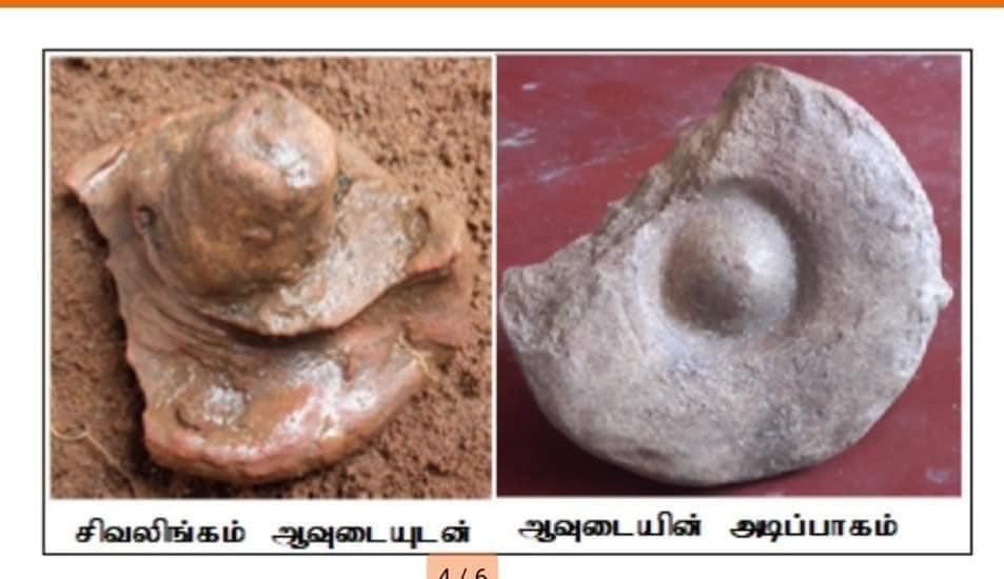
In the 3rd century BC before the spread of Buddhism in Sri Lanka worship of Shiva exists says archaic sources of Shiva found in Kattukkarai in Sri Lanka.
Saivasm in Sri Lanka has an ancient and continuous history. Scholars Prof. Paranavithana and Prof. Akhamari point to the evidence found in Pali literature and Brahmic inscriptions as examples. However, the lack of reliable evidence to confirm the origin of this religion in Sri Lanka is also seen. Modern chronology confirms that the Tamil script and Tamil language appeared among the people of Tamil Nadu around 2600 years before the emergence of written tradition in North India, with the pottery inscriptions found in the research carried out in places such as Geeladi, Thottu Kodumanal, Porunthal, Alagankulam,
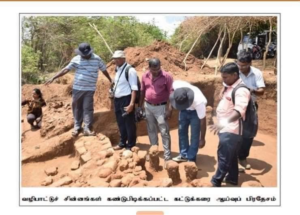
Athichanallur etc. in Tamil Nadu. However, the evidence confirming the religious beliefs of the people of this culture is very rare here. It is said that religious evidences have not been found in the underground excavations, which are much talked about in contemporary archaeological excavations. But in Sri Lanka, many evidences are being found that reveal the religious beliefs of the people in the archaeological researches carried out in the prehistoric cultural centers (Peolithic centers).
Recent archeological excavations carried out at Kattukkarai, Nagapaduan in North Sri Lanka can be mentioned as evidence of the discovery of limestone statues, sculptures, symbols of gods such as Shiva, Murugan, Iyanar among the Paleolithic people similar to Tamil Nadu during these excavations.
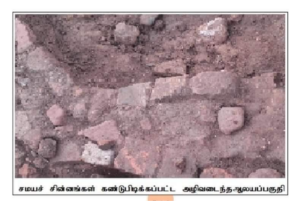
Among them the Shiva Lingam found during the excavations at Kattukkarai, the garment with the Shiva Lingam, the image of Nanthi, the Mutthalai Choolam are particularly noteworthy. These sources allow us to confirm that the worship of Shiva is older in Sri Lanka than in Tamil Nadu.
Picture 1: Religious sources destroyed in a temple.
Picture 2: Evidences found in Kattukkarai.
Picture 3: Pieces of the statue Shiva Lingam.
Picture 4: Thirisoolam in the sand.
Picture 5: Pieces from Nanthi.
